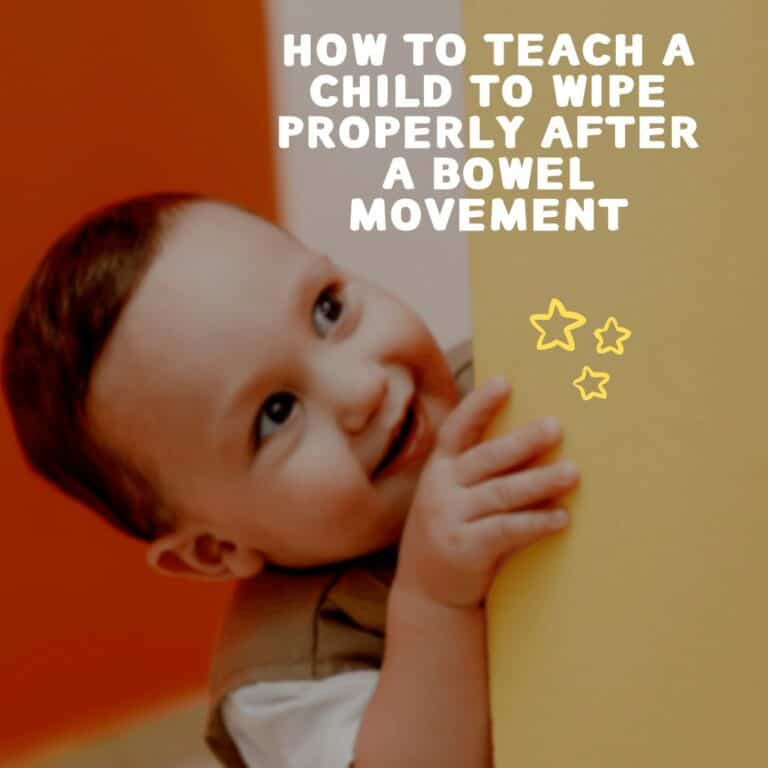There is a lot of buzz around juicing these days, and for good reason. Juicing fresh fruits and vegetables is known to be a panacea for many ailments, as well as a great boost for physical appearance. I know for myself that when I am drinking fresh vegetable juices that my eyes and skin are sparkly clear, and people often ask me what my secret is for looking so healthy.
In addition, drinking freshly juiced vegetables and fruits will lift energy levels and enhance your moods. Juicing is the closest thing we have to a magic elixir, and if you haven’t tried it, you will be very surprised at how fast you begin to see many positive benefits.
But most people don’t know that some of the juicing machines out there will also make baby food. Not only can you get tremendous benefits that you desire as a new mother, but you can extend all of that nutritional value to your baby, too.
Two world class juicing machines that you can make baby food with
The two juicing machines listed here are superb for juicing for adult health and for making baby food, which can either be made by simply juicing, or homogenizing solid whole foods into purees.
Below is a quick overview of each machine.
- Omega J8004 Nutrition Center Juicer Extractor. Omega produces some of the highest quality masticating power juicers on the market. Masticating juicers are excellent juicing machines and this one also has many food processing capabilities, including the ability to produce baby food. Top of the line in it’s class.
- Hurom HH Series Premium Slow Juicer & Smoothie Maker. An excellent masticating juicer that also makes smoothies and baby food as well as many other foods.
Either of these machines will do a great job for you, and they will output juice and baby food that has the most nutritional viability. One significant difference that may make a difference to you is that the Omega is a horizontally-oriented machine that takes up more counter space than the vertically-oriented Hurom.
Foods and other things to consider when making baby food
It’s much easier than you would think to make baby food, and really doesn’t require much time either. But you do want to be clear on what foods are the best for your baby’s nutritional needs and which foods to use more moderately. There are some other factors to be aware of, too, so below are some general guidelines:
- Cleanliness is really important when it comes to babies. I wash the produce thoroughly and wear disposable rubber gloves in a squeaky-clean work environment.
- Choose fresh and organic fruits and vegetables.
- Use fresh fruits and vegetables within 3 days.
- Frozen is okay if fresh is not available, but think of frozen food as a Plan B strategy.
- Don’t use canned foods. High amounts of sodium and other preservatives are not healthy for babies.
- Nitrates need to be avoided, particularly with infants under 3 months old. The most likely sources are beets, carrots, green beans, spinach, and squash. Well water can also be high in nitrates.
- Remove skins where possible as they are harder for the baby to digest.
With those guidelines in place, here are a few great foods to start with on your baby food making quest:
Apples, apricots, bananas, blueberries, mangoes, peaches, pears, plums, prunes, asparagus tips, avocados, peas, potatoes, sweet peppers, and sweet potatoes.
Also Read: Why Organic Baby Food Is Better
To be safe, avoid beets, carrots, green beans, spinach, and squash, or use frozen versions of them. Nitrates develop over time in food, so foods that are frozen are typically safe for use in baby foods.
There are particular foods that will really help your baby’s brain development, here are some that you can include in your baby food recipes:
Olive oil, wheat germ, flax seed, pumpkin seeds, blueberries, blackberries, blackcurrents and açaì berries are all super foods for the brain, good for both mom and baby.
How to make the baby food
Below are some guidelines for making the baby food with your juicing machine. In order to free up time over the course of your week, you can even make your baby food in bulk and store it.
- Prep the food
To prep food for making baby food, start by removing the skin, seeds, and any other extraneous stuff like stems.
Chop the produce into small pieces that will fit into the juicing machine’s chute.
You don’t have to steam or cook the produce at all if you don’t want to, but if you do want to, you can steam it lightly for about 9 minutes, or until a fork can easily run through it.
Sometimes it’s ideal to steam the produce to soften it for baby’s sensitive teeth. You could also bake, boil or microwave, but steaming the food will ensure that the most nutritional value is maintained therein.
- Using the juicer
Check your juicing machine manual to find out if there is an attachment specifically for homogenizing, or pureeing the food. If so, place the correct attachment onto the juicing machine. Run the food through the machine. If there is too much pulp or it is too wet, run it through twice.
Now is a good time to mash in a little bit of wheat germ, olive oil or flax seed so that your baby can receive all of the amazing brain development benefits that they offer.
The food should be diluted with some water due to the strength of straight juice. It will still maintain it’s nutritional value, but will be easier on baby’s stomach. If you have steamed the produce, you could use the cooking water for thinning and add back lost nutrients. Baby formula or breast milk can also be used for nutrition and also to give baby a familiar taste with his/her meal.
Voila, that’s it! You’ve made your baby food in less than an hour.
Freezing the baby food
Here is a nifty and convenient way to freeze and store the fresh baby food. First, by the way, be sure to freeze immediately after you’ve processed the food. This way you will capture and retain as much nutritional value as possible.
- Pour the puree into clean and sanitized ice cube trays and place in the freezer with some plastic wrap or wax paper over the top. I love the silicon trays because it’s really easy to pop the frozen cubes out of them. As a side note, old baby jars are not good freezing containers.
- One cube is just about 1 ounce, just the right size for a serving for most babies. Once they are frozen you can pop them out and place them in freezer plastic baggies.
- Label your bag full of love cubes with the date that you prepared them, and be sure to use them within about 3 weeks.
- When you are ready to use them, just put a few into the refrigerator in the morning. You could use the microwave to defrost them, but personally I don’t use the microwave for much of anything because it zaps nutrients and flavor right out of food.
- Be sure not to re-freeze the baby food after this initial defrost as it will not be good for the baby to eat at that point.
- I like to serve the baby food at room temperature without reheating, but if you feel the need to heat the cubes up, simply place them in a small glass bowl, and put the bowl in some hot water.
- You’ll find that your little cubes of good lovin’ are easy to carry around with you, too. Zipped up in a baggie works just fine.
Conclusion
So there you have it. I haven’t included any recipes here, but recipes for juicing and for baby food abound on the internet, so you can have a ball finding ones you like. The important thing is to remember that a juicing machine can be a great addition to your kitchen for a lot of reasons, but your health and your baby’s health is the best reason of all to consider adding one to your appliance cupboard.



